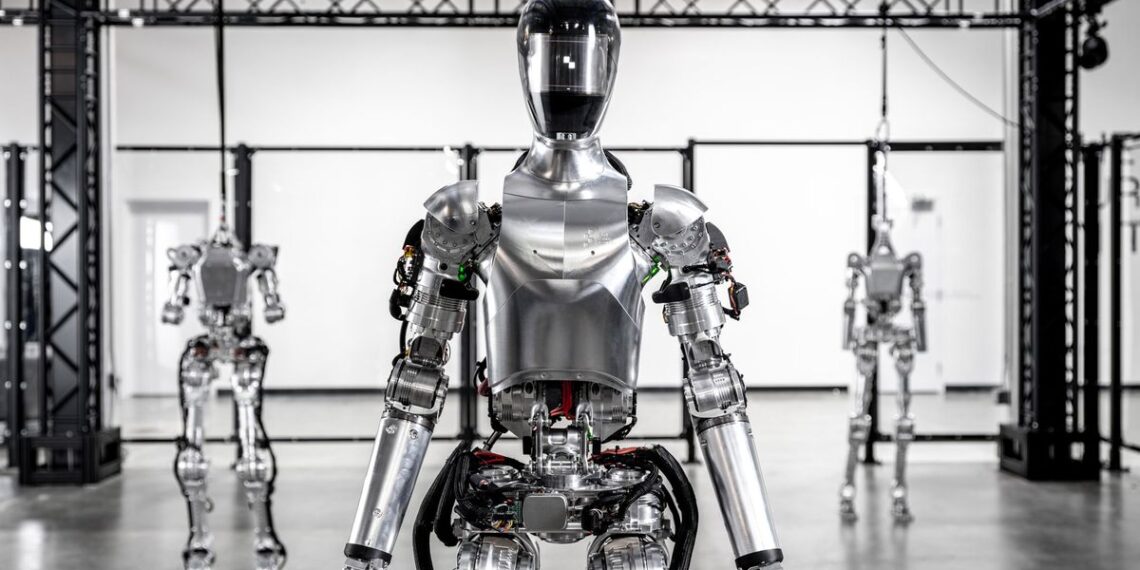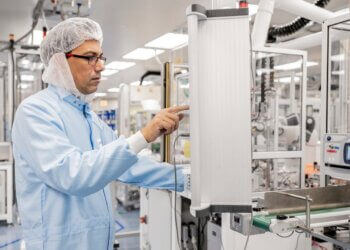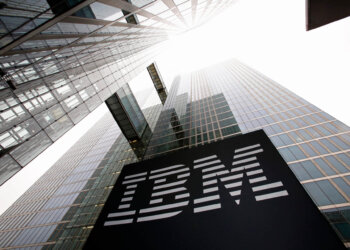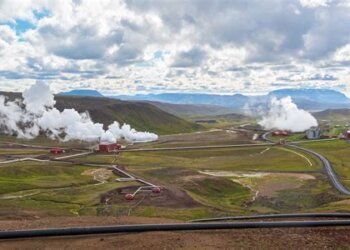At Hannover Messe, one of the world’s largest industrial trade shows, I’m introduced to Unitree’s G1, a 4’3” humanoid robot from China. With fluid movements and dexterity, the G1—priced at $16,000—captivates onlookers with dance and martial arts displays, controlled remotely by Unitree’s Pedro Zheng. Its human-like form draws crowds, unlike other machines, as people eagerly interact, shaking its hand or testing its reactions.
Unitree is among dozens of global firms racing to develop humanoid robots, promising tireless workers for businesses or domestic helpers for homes. However, the technology lags behind ambition. While robotic arms thrive in controlled factory settings, humanoid robots in unpredictable environments like restaurants or homes pose challenges. Strength is needed for utility, but it risks danger—falling could be hazardous. Unitree admits AI lacks a breakthrough, struggling with basic logic and complex task reasoning, limiting G1’s market to research institutions using its open-source software.
The focus remains on industrial applications. Tesla’s Elon Musk is advancing Optimus, planning “several thousand” units in 2025 for factory tasks. BMW has deployed humanoid robots in a U.S. plant, and Hyundai, owning Boston Dynamics, ordered tens of thousands. Research firm STIQ tracks 49 companies building two-armed, two-legged robots, and over 100 if wheeled models are included. Founder Thomas Andersson predicts Chinese dominance, citing their robust robotics ecosystem and rapid R&D. China secures nearly 60% of global humanoid robot funding, with the U.S. trailing, and benefits from government-backed facilities, like Shanghai’s robot training center.
Despite the G1’s affordability and China’s advantages, scaling humanoid robots for widespread use hinges on AI advancements and safety solutions. The race is heating up, but the finish line—where robots seamlessly integrate into daily life—remains distant, with Asian innovators potentially outpacing Western rivals.
The Race to Build Humanoid Robots: Who Will Lead?
Related Posts
© 2025 Newsweek World.
All rights reserved.










